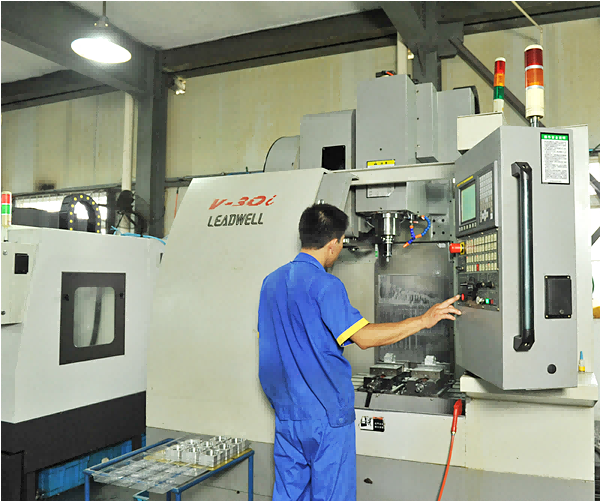- All
- Product Name
- Product Keyword
- Product Model
- Product Summary
- Product Description
- Multi Field Search
English

The high temperature (120 ℃ -150 ℃) and corrosive environment require higher requirements for the matching and maintenance of SC cylinders. In high-temperature environments, it is necessary to use high-temperature resistant seals (made of fluororubber material) and heat dissipating aluminum tube cyl

Novices using SC cylinders are prone to malfunctions due to improper matching and neglect of maintenance. Suggestions for entry-level selection and matching: Priority should be given to the combination of CA single ear base and Y-shaped floating joint, which is easy to operate and has wide adaptabil

Insufficient installation accuracy of SC cylinders can generate lateral loads, leading to bending of piston rods and wear of cylinder bodies, which not only shortens their lifespan but also increases the difficulty of maintenance. The correct installation and matching should follow: when installing

The three most common faults of SC cylinders are leakage, unstable operation, and poor buffering, all of which are related to improper matching or lack of maintenance. In leakage faults, the leakage is mostly caused by the wear of the piston rod seal. It is necessary to first check whether there are

Seals are the core vulnerable parts of SC cylinders, and their selection, matching, and maintenance quality directly determine the cylinder life. When selecting, it is necessary to match the appropriate materials according to the working conditions: nitrile rubber seals are selected for normal tempe

The matching strategy of SC cylinders under different working conditions directly impacts operational costs. For heavy-duty scenarios (such as automated material handling), the CB double-ear base + Y-type floating joint should be selected. The dual-fixed-point design of the double-ear base enhances

The maintenance core of SC cylinders lies in "preventing impurities, maintaining lubrication, and avoiding unbalanced loads". The three-step maintenance method can extend the service life by more than 50%. The first step is to purify the medium, ensuring that the gas source is filtered through a 40

The average designed lifespan of SC cylinders can reach 15 to 20 million strokes, but premature failure often occurs in actual use due to improper maintenance. Key degradation causes include: lateral loads causing piston rod bending and accelerated seal wear; impurities in the medium leading to scra

The service life of SC cylinders is directly related to their selection and matching, and incorrect accessory selection or working condition adaptation can lead to frequent failures. In basic configuration, CA single ear base is suitable for light and flexible scenarios, CB double ear base is suitab

In a world where industries demand precision, efficiency, and customization, Vilop Pneumatic Co., Ltd. stands as a trusted provider of custom pneumatic solutions. By catering to the distinct needs of diverse sectors such as automotive, food processing, medical, and manufacturing, Vilop delivers tailored systems that ensure seamless performance under varying operational conditions.

Pneumatic cylinders are essential components in many industrial applications, driving automation systems with precision and efficiency. As part of Vilop Pneumatic Co., Ltd.'s commitment to delivering high-quality products and exceptional customer support, it’s important to understand how to maintain these systems for optimal performance and longevity. Proper maintenance of pneumatic cylinders not only ensures continuous operation but also helps avoid costly repairs and downtime. In this article, we will discuss practical maintenance tips that will help extend the life of pneumatic cylinders, while showcasing Vilop Pneumatic’s expertise and dedication to customer support.

Pneumatic components play a vital role in a variety of industries, especially in sectors where precision, reliability, and hygiene are critical. Among these, the food and medical industries stand out as areas where Vilop Pneumatic has established itself as a leader in providing high-performance, hygienic, and energy-efficient solutions. Pneumatic systems, which rely on compressed air to drive machinery, are highly effective in automating processes, increasing efficiency, and maintaining a clean, safe environment. This article explores the top applications of pneumatic components in the food and medical industries, with a particular focus on Vilop Pneumatic's specific solutions for these hygiene-critical sectors.

What you’ll learn:How hydraulic and pneumatic components are used in data center cooling.Key design considerations for fluid power components used in data centers.Future market opportunities in data centers for the fluid power industry.

When applications involve linear motion, high speed, and moderate loads, pneumatic cylinders — also referred to as air cylinders — are often the first choice to provide the actuation. Compressed air is available as a utility at almost every industrial facility, and economical air cylinders can be ob